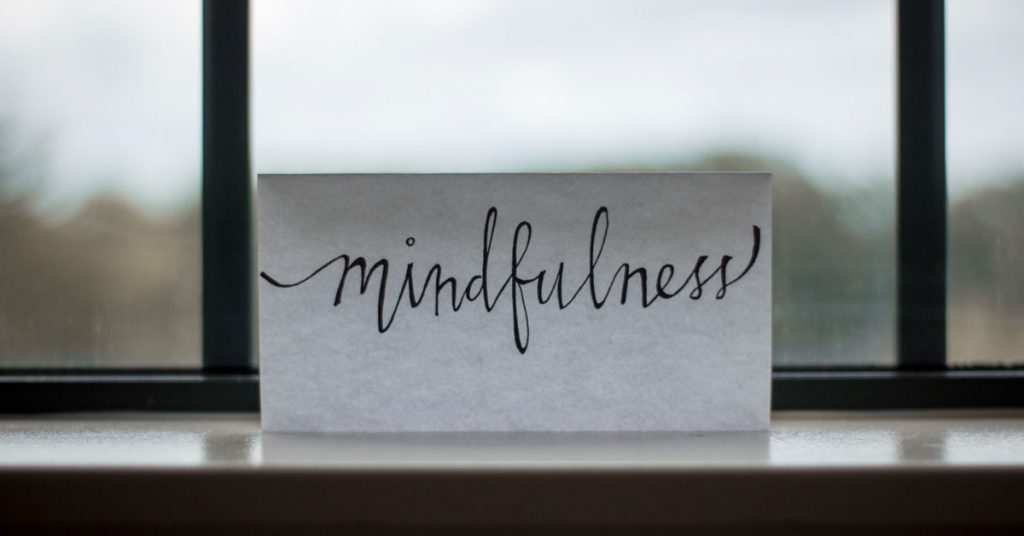The term ‘mindfulness’ can bring up various images for people. They may see a Buddhist monk, someone practicing yoga, the meditation pose or someone doing deep breathing. Not as many people would think of neuroscientists, researchers and executives practising mindfulness at work.
The exciting thing is that mindfulness now has research behind it. We can now explain why mindfulness is no longer just a Buddhist term, but a ‘must do’ for executives.
I personally look at mindfulness for executives and leaders the same as a sports conditioning coach for an Olympic athlete. If you want to learn how to get the most out of your brain - and in return, the most out of your life both personally and professionally - you MUST know how to incorporate mindfulness into your life/training.
And no, I don’t mean you need to stop and breathe and sit cross-legged in your office practising mindfulness at work. You can simply bring mindfulness into your daily life in a realistic way that’s right for you.
But first, learn the why.
Why does the human brain thrive with Mindfulness?
David Rock, the Founder of Neuroleadership (the Brain Based Coaching System that I use in my coaching), explains this really well in his Psychology Today journal here.
Essentially, the brain has two networks which we can switch between. One network is the Default Network and the other is the Direct Experience Network.
The Default Network
The Default Network is the one that most people stay in for the majority of their day.
It includes thinking about the past and future and includes a narrative with characters and a story. The story involves history about you and other people - I like to call it the ‘NST FM’ Radio (The Non-Stop Talking FM Radio). It can be loud, distracting and tiring!
Now, there is nothing wrong with the Default Network but you want to limit experiencing your entire world through only this network.
The Direct Experience Network
When the Direct Experience Network is active, several different brain regions become more stimulated. As a result, you are experiencing information coming into your senses in real time. In this network, the brain is calmer, clearer, sharper and more focused.
If an executive can practice switching between the two networks they become stronger and more successful in the following:
- Controlling their emotion in moments of conflict or stress
- Decreasing nerves before having to do a presentation or speak publicly
- Focussing on one thing at a time (increased accuracy of their work)
- Being a fantastic listener for their team and therefore ultimately become a better leader
- Increase in energy for their day, avoiding that mid-afternoon plummet
So, mindfulness is actually just the opposite to 'Mindlessness'. Mindfulness is scientifically proven to make you the best version of yourself!
Ways to increase your Mindfulness at work
Step 1: Building your self-awareness of when you are in each network.
Step 2: Learn ways that work for you to tune into your Direct Experience Network during ‘moments’ in your day. Little bite size moments of ‘mindfulness’ which have no narrative but purely tuning in on the senses – touch, vision, hearing, etc.
Step 3: Allow your brain 30 minute bouts of ‘focus’ time on one task with no interruptions. Yes, that’s right – turning off your phone and email alerts!
Step 4: Keep practicing. It may be simple but it is not easy! Keep practicing - it is like a muscle, the more you use it the stronger it gets.
To find out more about Executive Coaching with Intepeople contact kimberley@intepeople.co.nz
By Executive Coach Anna Gibbons

